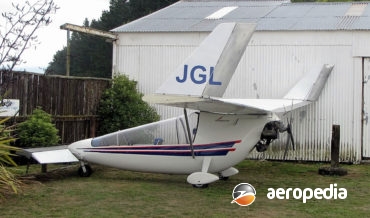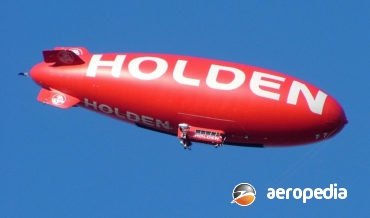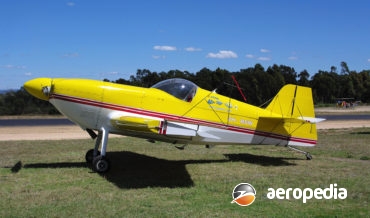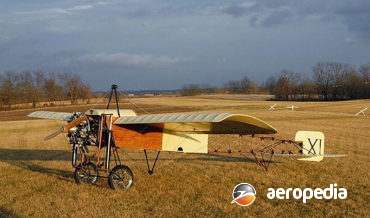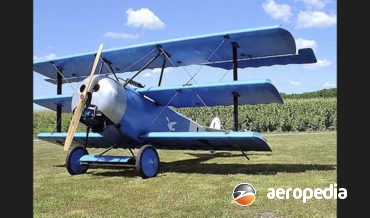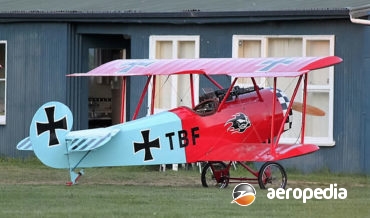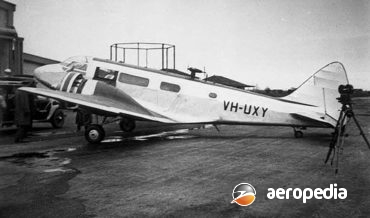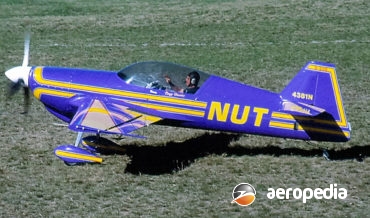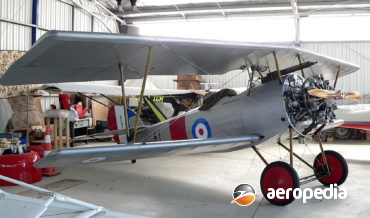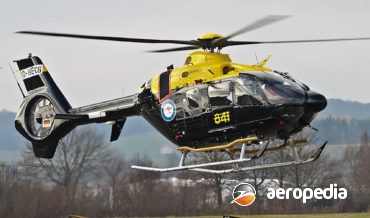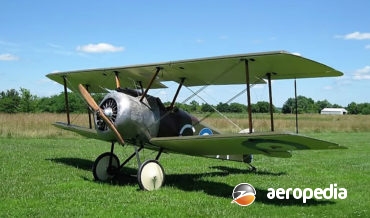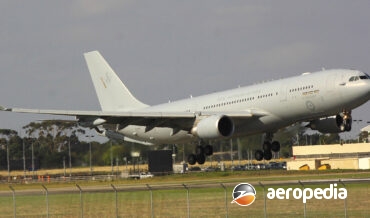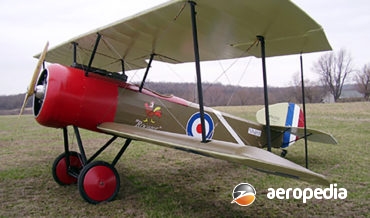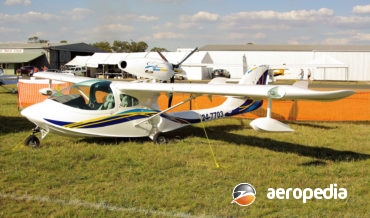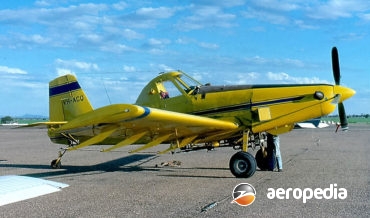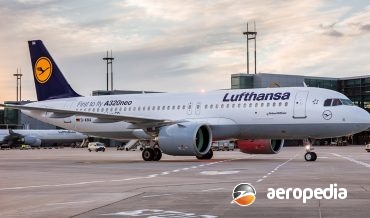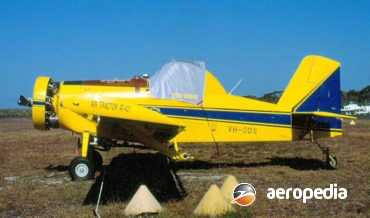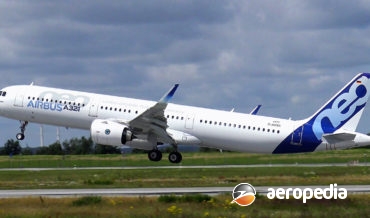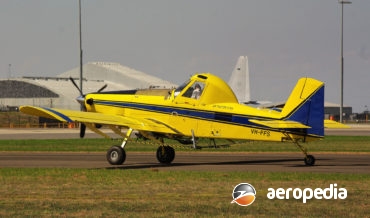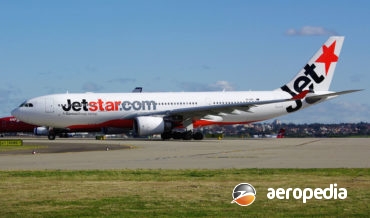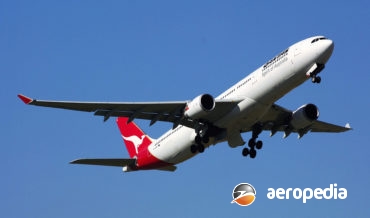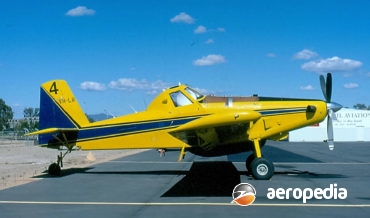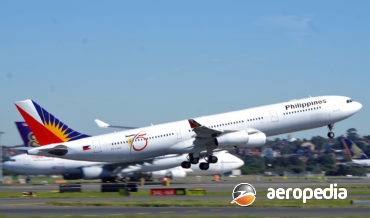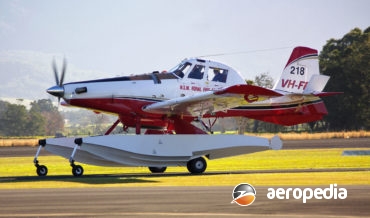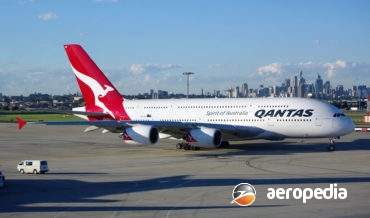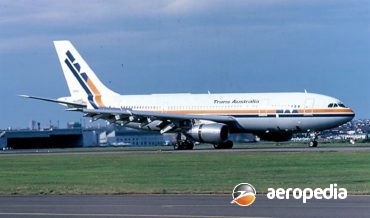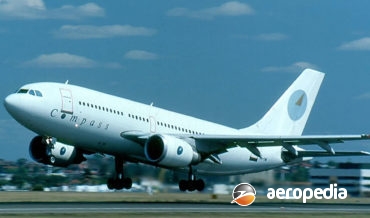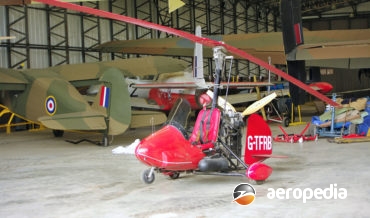All Contents
Contents
The Falcon was designed in the United States and produced by American Aircraft Inc of Albuquerque, New Mexico and produced in single and two-seat variants.
David C. Eyre
- May 8, 2019
The Silent 2 is one of a series of single-seat sailplanes produced in Italy to meet FAI type DU-Class regulations. It is produced by Alisport as a ready-to-fly or kit-built glider and is available as a self-launched glider, being fitted with a two-stroke engine driving a single-blade propeller via a
David C. Eyre
- May 8, 2019
The American Blimp Corporation was founded in 1987, and in the following year commenced construction and development of the prototype Lightship A-50. In 1989 Virgin Lightships Inc a subsidiary of the Virgin Group of Companies, was formed as an airship operator and placed an order for four examples in 1990.
David C. Eyre
- May 8, 2019
The DR-107 One Design is one of a series of high-performance fully-aerobatic light aircraft designed by Daniel Rihn and produced in kit form for the amateur constructor by Aircraft Spruce & Specialty of Corona, California.
David C. Eyre
- May 8, 2019
Airship Industries was set up in the early 1980s to build a series of airships in two models, the 500 and 600, and more than a dozen were completed.
David C. Eyre
- May 8, 2019
For some years Airdrome Aeroplanes at its Holden, Missouri facility has produced 75% scale and full scale replicas of World War I aircraft for the amateur constructor, supplying kits to interested builders.
David C. Eyre
- May 8, 2019
One of the most graceful and elegant airliners built and known as the Elizabethan Class, the Airspeed AS-57 Ambassador was designed by a team headed by Arthur (A E) Hagg.
David C. Eyre
- May 8, 2019
The Dr.1 is a 75% scale replica of the famous World War I fighter and is supplied to the builder in kit form. It is of aluminium tubular construction and has removable three-piece wings which are transportable.
David C. Eyre
- May 8, 2019
The Airspeed AS-5 Courier, AS-6 Envoy, and AS-8 VICeroy series was built in some numbers by Airspeed Limited in the 1930s, the company, founded by N S Norway and A H Tiltman, proposing a number of designs but settled on the AS-5 Courier in 1931, a low-wing cantilever monoplane seating
David C. Eyre
- May 8, 2019
During 1917 the principal German fighters of the time were losing their superiority and the German Air Command called for a fighter competition to develop a new fighter.
David C. Eyre
- May 8, 2019
The prototype Envoy (G-ACMT – c/n 17), a direct development of the Airspeed Courier, first flew on 26 June 1934 with Wolseley AR.9 Mk II nine-cylinder radial engines, and models were proposed with Gnome-Rhone Titan Major 7Kd radials, or the Wright R-760-E2 Whirlwind engine.
David C. Eyre
- May 8, 2019
The Airdrome Aeroplanes Fokker D-VII is a 80% scale replica of the German Air Force aircraft of that name, said to be the finest fighter of all the powers during that war, this company being based at Holden in Missouri.
David C. Eyre
- May 8, 2019
The G-200 is primarily a carbon fibre reinforced composite aerobatic monoplane produced in kit form in two main variants by Akrotech Aviation of Scappoo, Oregon, the G-200 single-seat and the G-202 two-seat.
David C. Eyre
- May 8, 2019
The Eindecker E-III (or E.3) was the first combat aircraft in the World to be equipped with a forward-firing fixed machine gun synchronised to fire between the propeller blades, and by some is considered the most important of the Fokker monoplane family early in World War I.
David C. Eyre
- May 8, 2019
The Type L parasol monoplane was produced by Morane Saulnier in 1913 as a development of the Type G two-seat aircraft, and differed from the Type G in having the wing moved from the top of the fuselage to a parasol configuration.
David C. Eyre
- May 8, 2019
The Nieuport 24 replica is one of a series of scale and full-scale World War I aircraft produced by Airdrome Aeroplanes of Holden, Missouri for the sport pilot and it is supplied in kit form for construction by the amateur pilot / builder in two variants, the Nieuport 24 and
David C. Eyre
- May 8, 2019
The prototype of the EC-135 series (D-HECX) made its first flight at Ottobrunn, Germany on 5 February 1995, this being the first definitive aircraft following the completion of a test flying programme with two BO-108 technology demonstrators.
David C. Eyre
- May 8, 2019
The Airdrome Aeroplanes Sopwith Camel is a full-scale replica of the World War I fighter designed by Robert Baslee and marketed by his company, Airdrome Aeroplanes of Holden in Missouri.
David C. Eyre
- May 8, 2019
The MRTT was selected by the Australian Government for the RAAF ahead of the rival KC-767 to fulfil Project Air 5402 in April 2004 after a Request for Tender was released in June 2003 for both acquisition and Through Life Support contracts.
David C. Eyre
- May 8, 2019
Airdrome Aeroplanes of Holden, Missouri, has for some years produced plans and kits for a series of scale replicas of well known fighters from World War I fitted with modern engines. One of these is a full-scale replica of the Sopwith Pup.
David C. Eyre
- May 8, 2019
An Australian entry into the manufacture of light aircraft, the prototype Bushmaster (VH-BOI - c/n 89-001) flew for the first time in Queensland on 28 October 1989.
David C. Eyre
- May 8, 2019
Designed by Miguel Rosario, the Seamax is a kit-built two-seat, side-by-side, all composite amphibious flying boat which utilised computer aided design and sophisticated mould making technology.
David C. Eyre
- May 8, 2019
In June 1981 Airbus Industrie announced that it was developing a 150-seat short/medium-range transport with deliveries to commence in 1988. Within a few days Air France announced it had signed a preliminary contract for 25 examples of the new airliner, known as the A320, with 25 options.
David C. Eyre
- May 8, 2019
By 1981 the advantages of turbine-powered aircraft in the agricultural field were being realised throughout the world. Companies producing large agricultural aircraft considered ways of fitting their designs with turbine power plants to take advantage of more economical operation.
David C. Eyre
- May 8, 2019
The A-320neo is a new variant of the A-320 series and is a development of earlier models of the narrow-body airliner, ‘neo’ meaning “new engine option”.
David C. Eyre
- May 8, 2019
The AT-401 series was a development of the piston-engined AT-301 series and was the smallest of the series.
David C. Eyre
- May 8, 2019
The A321 was designed by Airbus to basically compete against the Boeing 757, which at that time had been in service for some years.
David C. Eyre
- May 8, 2019
On the drawing-board at Air Tractor at the same time as the 400 series was a new aircraft, which became known as the AT-503. The prototype (N7309X) first flew in April 1986 and had a wingspan of 14.6 m (48 ft), a 821-kw (1,100-shp) Pratt & Whitney PT6A-45R turboprop and
David C. Eyre
- May 8, 2019
As part of its program to continue development of the very successful A-320 family Airbus offered customers a new variant of the A-321 known as the A-321neo, having a lengthened fuselage with structural strengthening and a redesign of the undercarriage, and wing, with an increase in the wing area and
David C. Eyre
- May 8, 2019
In about 2007 Air Tractor found there was a growing interest within the agricultural industry to train and prepare replacements for pilots who had been in the industry for many years and were coming to retirement time.
David C. Eyre
- May 8, 2019
On 27 January 1986 Airbus authorised the final definition of two new projects known as TA-9 and TA-11, these later becoming respectively the A330 and A340 long-range airliners.
David C. Eyre
- May 8, 2019
Another variation on the Air Tractor theme, the AT-602 was a single-seat low-wing agricultural aircraft, basically described as a 502A with a larger hopper, the prototype (N6084K – c/n 602-0337) flying for the first time on 1 December 1995, certification being completed in June the following year.
David C. Eyre
- May 8, 2019
The A330-300 was the baseline variant with seating for 335 passengers in standard two class, but up to a max of 440 passengers could be carried.
David C. Eyre
- May 8, 2019
The AT-802 series was an enlarged AT-503, having a length of 11.27 m (37 ft) and a wingspan of 17.68 m (58 ft), a hopper of 3,028 litres (666 Imp gals), and computer controlled hopper doors to drop the load of fire retardant as required when used in that role.
David C. Eyre
- May 8, 2019
Air Bus Industrie recognised the need for a aircraft operating what was described as ‘long-thin’ routes and set about designing an aircraft capable of carrying 295 passengers in a three-class configuration over a distance of 13,250 km (8,233 miles), this being a four-engine wide-body which made its first flight in
David C. Eyre
- May 8, 2019
Air Tractor has been in business since 1974 and has produced more aircraft for the agricultural aviation industry than any other company, its facility being at Olney in Texas.
David C. Eyre
- May 8, 2019
The A380 has been described as a giant amongst airliners, being 73 m long, nearly 80 m in span, weighing 560-tonnes at take-off, seating up to 555 passengers, and will fly further and more cheaply per seat.
David C. Eyre
- May 8, 2019
On 26 September 1967 a Memorandum of Understanding was signed by the British, French and German Governments to cover the development of an Airbus-type aircraft with Rolls Royce RB207 engines. However, because of the absence of firm airline orders, the British Government withdrew in 1969, although Hawker Siddeley remained as
David C. Eyre
- May 8, 2019
The A310 was designed to meet world airline requirements for a large capacity short-range airliner, using as many components of the A300 series as possible.
David C. Eyre
- May 8, 2019
The Commander Elite is a two-seat gyrocopter produced by Air Command International of Caddo Mills, Texas and is one of a range of machines produced by this Company.
David C. Eyre
- May 8, 2019
Recent Comments
Archives
Categories
- No categories
Categories
- No categories
Latest Posts
Newsletter

